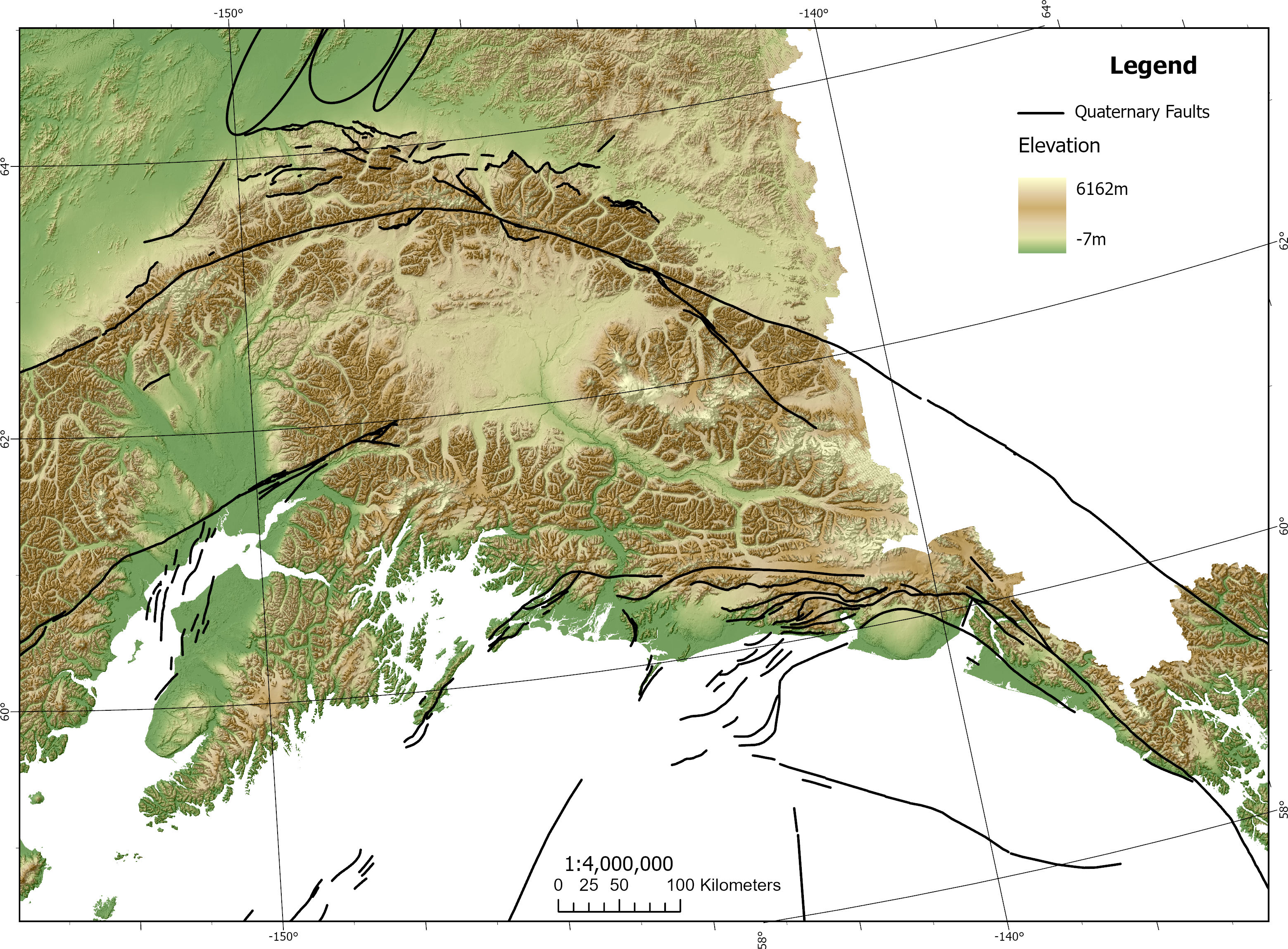AFT vs AHe
Main Points
| AFT | AHe | |
|---|---|---|
| Bulk closure temperatures1,a: | 110 °C | 70 °C |
| Method2: | Uses the damage caused by the fission decay of 238Ub | Uses the concentration of 4He and its parent isotopes 238U, 235U, and 232Th (in some cases 147Sm is used)c |
aAssumes a cooling rate of 10 °C My-1 and rounded to nearest 10 °C
bSee fission track methodology for more information
cSee (U-Th)/He methodology for more information
Closure temperatures:

Fission track methodology2
Fission-track (FT) method uses the damage caused by the fission decay of 238U. As 238U decays, fission causes the atom to split into two atomic fragments, which produce ionization damage along their paths. Fresh FTs have a length of ~11 μm in zircon and ~16 μm in apatite. Thermally activated diffusions allows the damage to anneal. Temperatures as a result, it must remain low on a geologic timescale to retain FTs.
To measure the mineral grains, the grains are mounted, polished, chemically etched, then counted using a high-power optical microscope. Neutron irradiation in a nuclear reactor, which induces fission of 235U, is used to determine the concentration of the parent isotope. The natural ration of 235U/238U is fixed, so concentrations of one can be used to determine the other. A U-free mica sheet is placed over the polished grains of the mount where the chemical etching of the mica monitor reveals the density of induced 235U. The mica monitor and mount are assembled with registration marks which allows the operator to measure the individual mineral grains. FT ages have a relative standard error of ~12% for zircon and ~50% for apatite. FT final ages use the average of multiple grains and has a relative standard error of 5% to 10%.
(U-Th)/He methodology2
Concentrations of 4He and parent isotopes can be used to calculate He cooling age. The crystal is degassed by heating and gas-source mass spectrometry is used to measure 4He. Then inductively-coupled plasma mass spectrometry is used on the same crystal to measure U and Th (sometimes Sm). Grains have a relative standard error of 3% to 5%.
 (Using data from the U.S. Geological Survey and Koehler, 2013)
(Using data from the U.S. Geological Survey and Koehler, 2013)